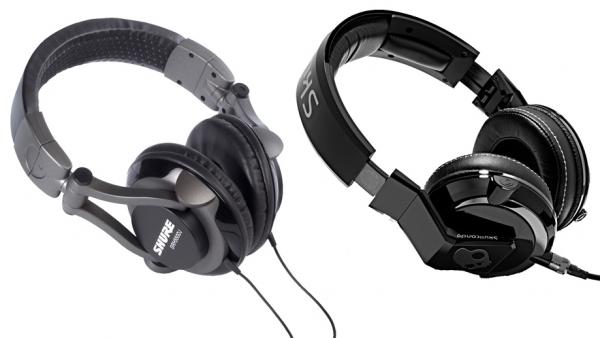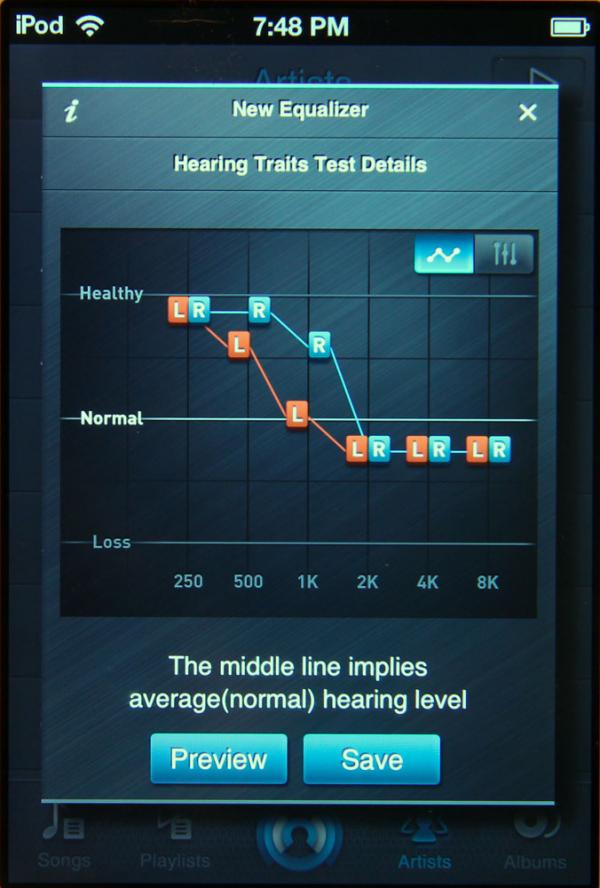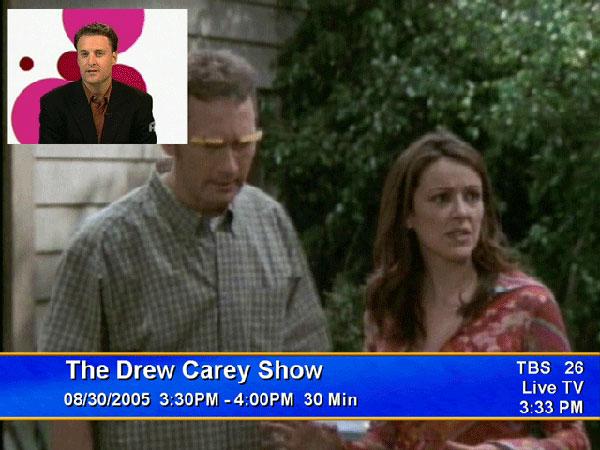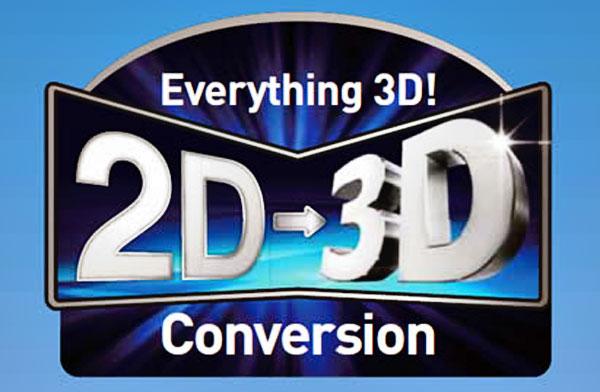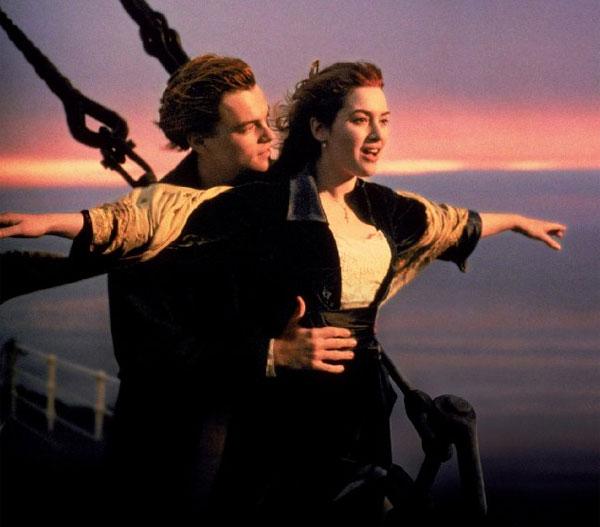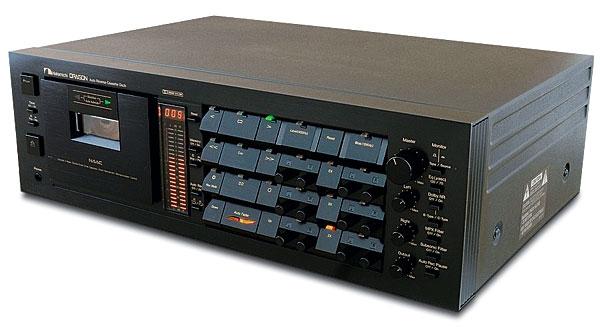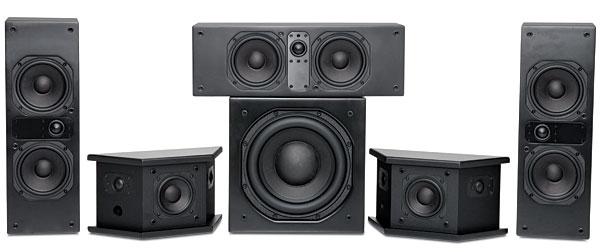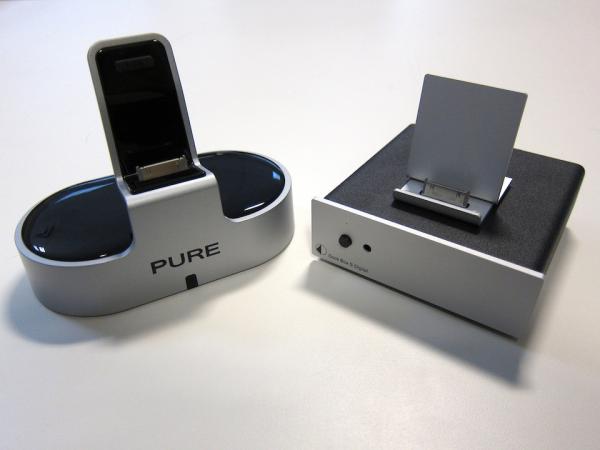LATEST ADDITIONS
|
Apr 13, 2012
As I discuss in my blog this week, I just saw the new 3D conversion of Titanic. I enjoyed it more than I thought I would—and way more than the recent Star Wars Episode I conversion. I suspect this is largely due to the fact that writer/director James Cameron is a 3D fanatic, so he was bound to do it right.
How do you feel about converting existing 2D movies to 3D (assuming it's done well)? Is it worthwhile? If so, what movies would you like to see converted? Or do you think this is an abomination and all existing movies should be left alone?
Vote to see the results and leave a comment about your choice.
|
Apr 13, 2012
|
Apr 12, 2012
